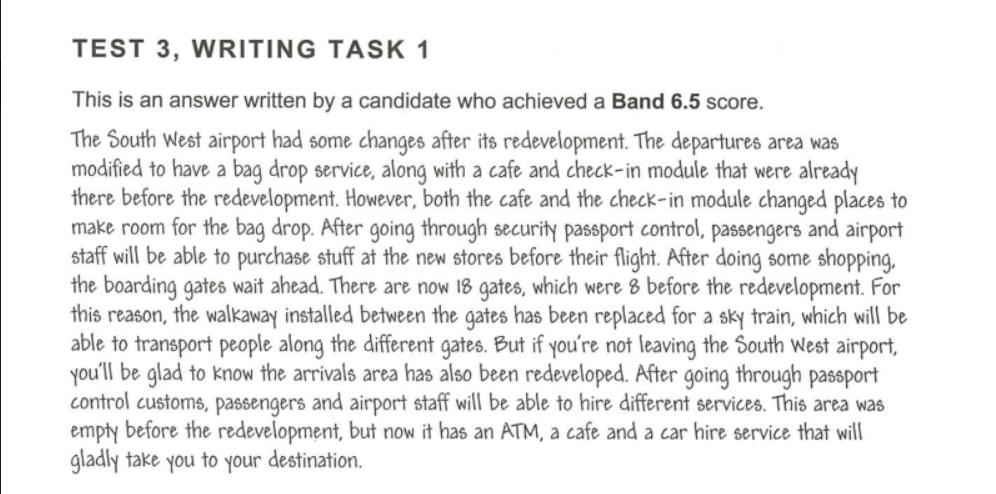
Cyril Zachariah
Updated on Feb 13, 2023 11:08 AM IST
Table of Contents
- Overview of IELTS Bar Graph
- What is a Bar Graph?
- IELTS Bar Graph and Charts
- IELTS Bar Graph Vocabulary
- How to Tackle IELTS Bar Graph Questions?
- IELTS Bar Graph Writing Task 1 Sample Questions
- IELTS Bar Graph and Charts Samples
- Tips for Describing IELTS Bar Graph Writing Task 1
- FAQs on IELTS Bar Graph
Universities Offering Masters Programs
Admission Open 2025
Quick links
- IELTS
- IELTS Eligibility
- IELTS Exam Types
- IELTS Exam Dates
- IELTS Test Centers
- IELTS Exam Fee
- IELTS Registration
- IELTS Slot Booking
- IELTS Exam Pattern
- IELTS Syllabus
- IELTS Preparation Tips
- IELTS Best Books
- IELTS Practice Papers
- IELTS Question Papers
- IELTS Result
- IELTS Band Score Chart
- IELTS Average Scores
- IELTS Reading Band Score
- IELTS Listening Band Score
- IELTS Band Score Calculator
- IELTS Important Vocabulary
- IELTS Reading Tips
- IELTS Essay Writing Samples
- IELTS Speaking Part 1
- IELTS Speaking Part 2
- IELTS Speaking Topics
- IELTS Difficult Decision That You Once Made
- IELTS Describe a Businessman You Admire
- IELTS Describe An Art Exhibition That You Visited
- IELTS Crop Growing Skyscrapers
- IELTS Describe a Tall Building in Your City
- IELTS The Meaning and Power of Smell
- IELTS Describe A Time When You Needed To Use Your Imagination
- IELTS Describe a Person Who Wears Unusual Clothes
- IELTS Listening Practice Test
- IELTS Task 1: Line Charts and Graphs
- IELTS Writing Task 1 Samples
- IELTS Writing Task 2 Topics
- IELTS Reading Practice Test
- IELTS Scholarships
- IELTS Exam Acceptance
- IELTS Cut-offs




















